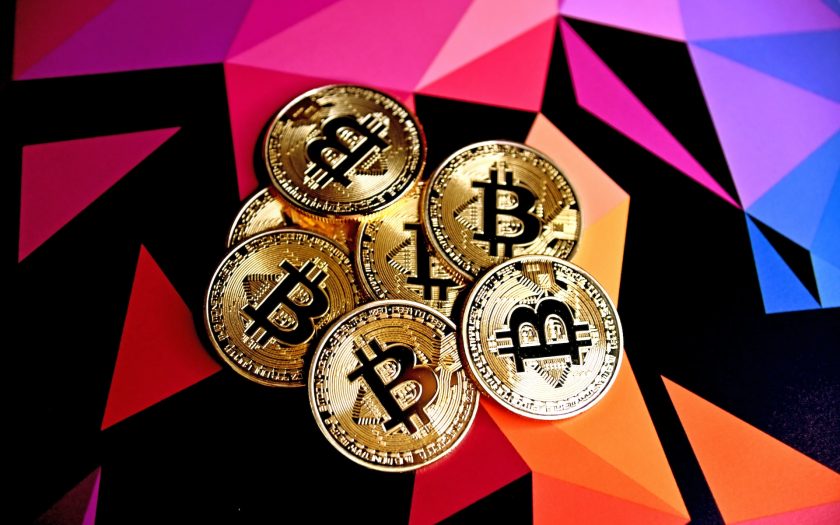
For many people, cryptocurrency is still a mysterious, and sometimes daunting, world. While some of that trepidation is rooted in real-world headlines, much of it may stem from a lack of knowledge. Many people know a little about crypto but objective analysis based on concrete data about digital assets — from the environmental impact of bitcoin mining to how the growth of digital currencies could impact the traditional financial system — has been in short supply.
That’s where the Cambridge Digital Assets Programme comes in. Launched in March 2022, CDAP is a multi-year research initiative hosted by the Cambridge Centre for Alternative Finance at the University of Cambridge’s Judge Business School and designed to deliver much-needed insight into digital assets: how the technology works; where, why and how the assets are being used; and the best strategies for making them safe, secure and sustainable.
CDAP’s research, supported by 16 public institutions, including the International Monetary Fund and the Bank for International Settlements, and private companies, including Mastercard, focuses on three subject areas: the climate effects of digital assets; the opportunities and risks created by the infrastructure of distributed financial markets; and the potential impact of tokens, stablecoins and digital currencies on the larger financial system.
The Mastercard Newsroom recently spoke to Simon Callaghan, CDAP’s interim lead, and Keith Bear, a fellow at the Cambridge Centre for Alternative Finance, to talk about the potential for digital assets, the challenges faced by the crypto economy and how they might be overcome.
What opportunities do digital assets present that didn’t exist at all before?
Callaghan: Digital assets remove third-party barriers, creating a more decentralized and peer-to-peer economy.
Bear: A good example of that is decentralized finance, or DeFi, which replaces intermediaries with smart contract code. That can reduce costs, improve efficiency and reduce friction around the delivery of financial services.
Callaghan: There are also opportunities to overcome the high costs of cross-border transfers and remittances, which is a global problem. Digital assets, the tokenization of stablecoins, and central bank digital currencies could speed up that process and reduce the need for intermediaries. At the end of the day, the consumer should benefit the most from this technology.
Where do you see the line being drawn between freedom and security?
Callaghan: If the system is managed correctly and the policies and regulations are effective, there’s potential for the situation to be win-win-win. Everybody who serves as a node on a blockchain has access to every transaction within that blockchain. If the tax office, the Department of Justice or the Federal Trade Commission had nodes, it would reduce the need for regulatory reporting.
CDAP’s best-known project to date is the Cambridge Bitcoin Electricity Consumption Index, a daily estimate of the electricity used in bitcoin mining. What are you learning about the climate effects of crypto?
Bear: Bitcoin’s electricity consumption has been a topic of debate. People who are pro-mining may have an incentive to minimize the issue, whereas others who are conscious of the environment can make it a big thing. What hasn’t been there before has been independent and authoritative points of view. We’re looking to deliver objective, empirical analysis. We have no ax to grind.
Callaghan: For greenhouse gases, it’s not just consumption; it’s the type of electricity that’s important.
Bear: We recently released the greenhouse gas emission model. We have estimates of the amount of electricity being used, and we know where mining has taken place. We can combine that with estimates of the type of electricity being used to assess the greenhouse gas emissions. We found there is actually a significant amount of renewable energy being used in bitcoin mining.
Are there other ways to mitigate crypto’s environmental impacts?
Bear: Ethereum has moved from a proof-of-work to a proof-of-stake consensus mechanism. It reduced Ethereum’s electricity consumption to a fraction. We’re publicizing the estimates of electricity and greenhouse gas emissions so that investors and others in the community will encourage more responsible mining.
Can the infrastructure behind blockchains be made secure at a global scale?
Callaghan: As technology improves, we’ll probably overcome some of the security issues we have now. Particularly with public blockchains, the more nodes you have, inherently, the more secure it becomes. A lot of the hacks this year have attacked the cross-chain bridges, not the underlying blockchain technology. That’s something that still needs to be addressed. I believe we’re going to see the true benefits of digital assets once the bridge is built between traditional finance and DeFi. That will bring enough scale to demand clear regulation and policy, which is what is needed to protect consumers. We’re carrying out this research to help policymakers, regulators and the market to make the most informed, evidence-based decisions possible.
 How To Make Huge Profits In A Short Time With Crypto
How To Make Huge Profits In A Short Time With CryptoGet detailed training system that shows an absolute beginner (without any skill) how to make huge profits in a short time with crypto.
 Crypto + NFT Quick Start Course
Crypto + NFT Quick Start CourseThe #1 course for profit in the Crypto & NFT world - You will discover the secrets that 99% of people don’t know yet





